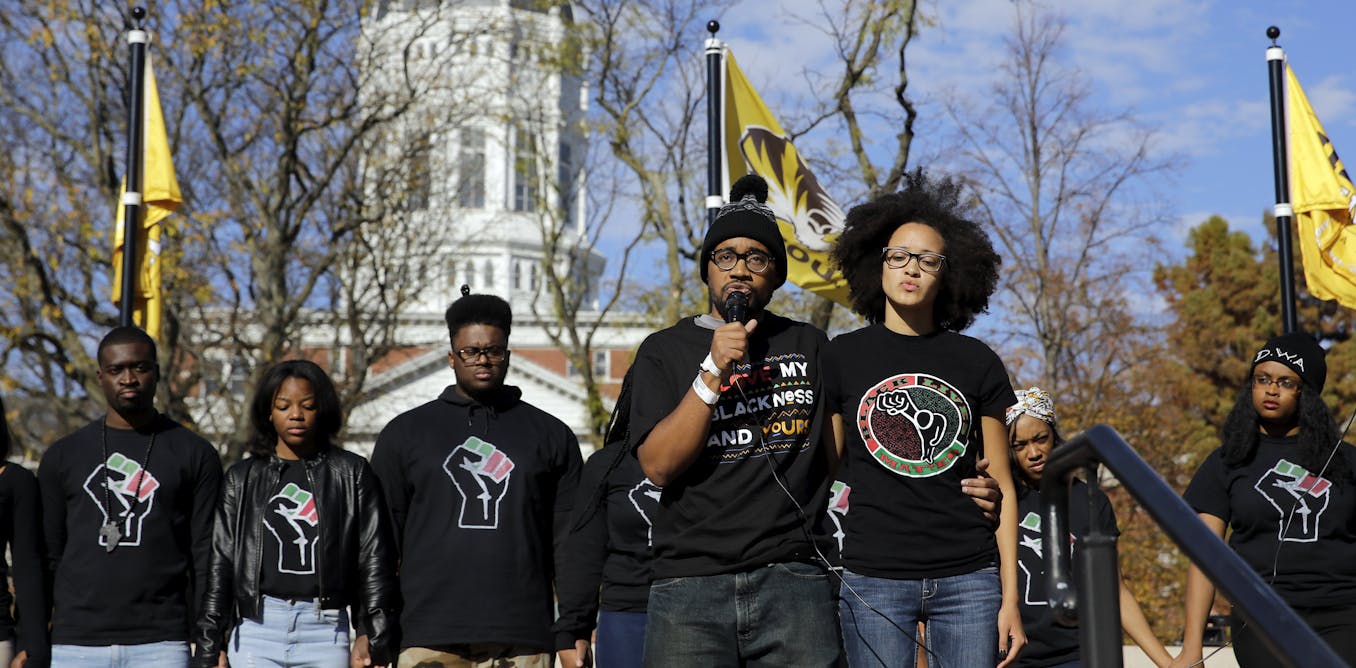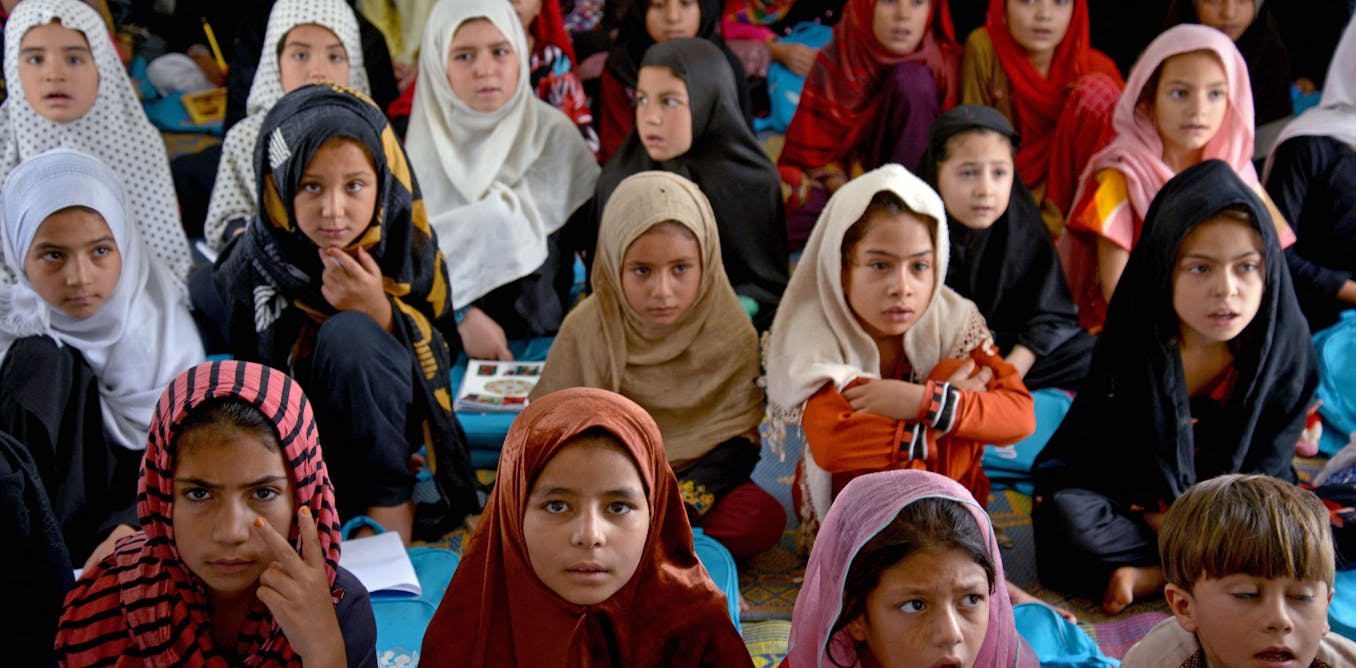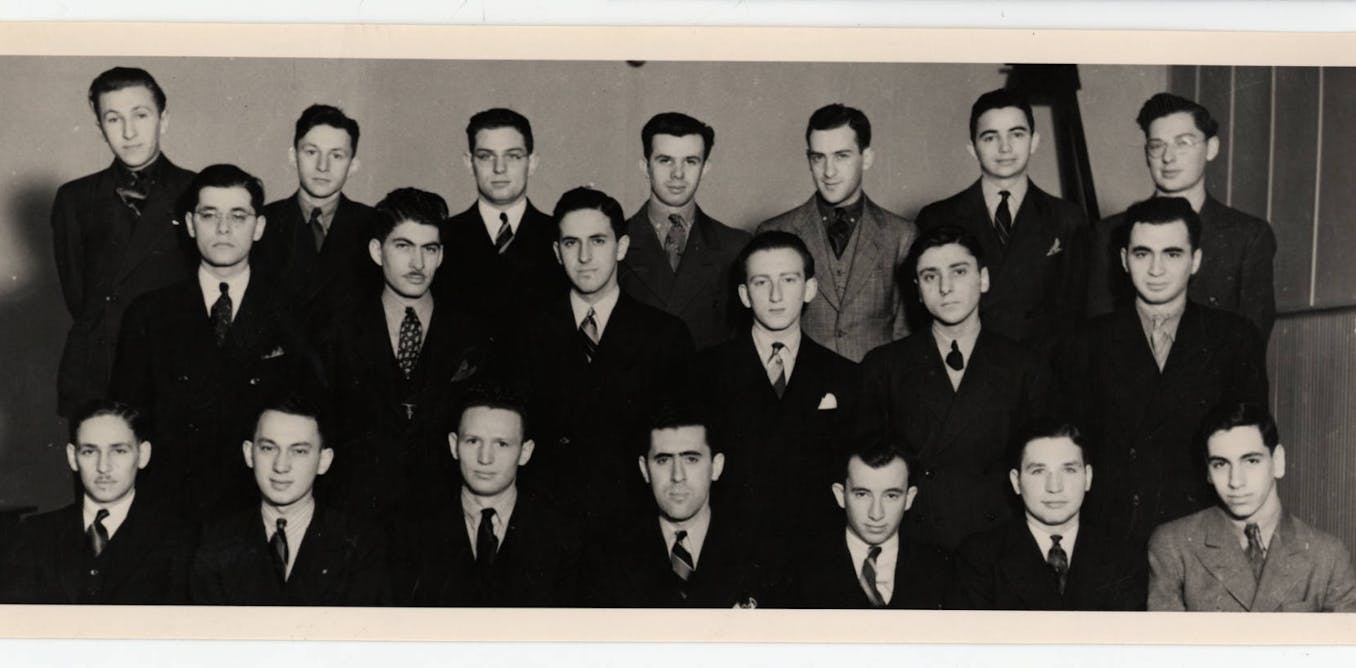Education
This anthropology course looks at building design from the standpoint of different species

Uncommon Courses is an occasional series from The Conversation U.S. highlighting unconventional approaches to teaching.
Title of course:
Space/Power/Species
What prompted the idea for the course?
A few years ago, I came across the architect Joyce Hwang’s artificial habitat for bats at the Griffis Sculpture Park in upstate New York. Titled “Bat Tower,” this outdoor installation was designed to house the little brown bat, an endangered species threatened by a fungal infection known as white-nose syndrome.
By including “landing pads,” “bat ladders” and other features that cater to the bat’s needs, Hwang not only brought public awareness to the plight of this animal. She also inspired deeper reflection about how humans do, or more often do not, make space for the nonhuman. It was this question that I wanted to address in Space/Power/Species.
What does the course explore?
This course in cultural anthropology surveys how architecture shapes human and animal relationships. We explore the diverse ways that buildings affect animals, people and their interactions.
I start off with the spikes that architects install on buildings to prevent pigeons, seagulls and other birds from nesting, and discuss the violence of methods meant to deter animals. We then look at traps, tethers and enclosures – what some anthropologists call architectures of domestication.
Our approach is historical and comparative. We cover dovecotes – houses for pigeons or doves – in ancient Iran and industrial pig farms in the United States. In one of my favorite lessons, we visit the Penn Museum in Philadelphia to examine artifacts from their collection, including fishnets and chicken coops.
The animals we discuss vary based on student interest. When I first taught this course as a postdoctoral fellow at the University of Pennsylvania in the spring of 2023, we considered parakeets, mosquitoes, dogs, reindeer, oysters, coral, bats, coyotes, rats and snails.
What materials does the course feature?
In the first half of this hybrid seminar-studio, students conduct fieldwork around the city. They bring back jottings, photos, recordings and other documentary media from places where humans encounter animals, including dog parks, botanical gardens, animal shelters and vacant lots.
As a class, we discuss how the material features of these sites reflect and reinforce how people relate to these Animals, whether as companion species or as vermin. We pay close attention to how these spaces center human bodies and interests.
To make sense of the students’ findings, we read scholarship in animal studies about urban wildlife, animal perception and frameworks of justice that extend beyond the human, or multispecies justice.
In the second half of the course, students translate their fieldwork into representations of imaginary architectures that would be more hospitable to animals. Guest critics from architecture, landscape architecture, history and anthropology evaluate their work. As students refine their projects, we analyze exemplary cases of animal-centered architecture, from designer “pet-tecture,” such as doghouses and fish tanks, to case studies from the architect Ned Dodington and the landscape architects Ariane Lourie Harrison and Kate Orff.
At the end of the term, students and I curate a one-night, pop-up exhibition of all their “design ethnography” projects. They showcase everything from ceramic models and virtual reality simulations to tabletop role-playing Games and performance art.
What’s a critical lesson from the course?
One of my students gave a brilliant answer to this question in an interview for Penn’s alumni magazine. “We tend to hold a very anthropocentric view of the world and our place in it,” she reflected, but the process of designing for Animals ultimately helped her to “see ourselves as beings in the environment.”
Why is this course relevant now?
People tend to imagine cities as places rich in human culture but poor in animal life. In one sense, that’s not wrong. Urbanization can, and does, negatively affect certain species. But cities also house many other species. Some are there due to climate change and other forms of habitat destruction. Others, like domesticated animals, are there because we have forced them there. Livestock, for instance, make up 62% of global mammal biomass.
Countless other animals migrate into urban areas because they actually thrive, or at least survive, there. Recognizing how animals inhabit our cities is the first step toward reducing the harm these spaces create for animals, like the risk that architectural glass poses to birds.
What will the course prepare students to do?
My dream was that this combination of teaching methods from anthropology and architecture would empower students to confront biodiversity loss, climate change and other ecological crises. I had hoped that the creative spirit and pragmatic attitude of design would combat the nihilism that tends to accompany these issues when approached from the perspective of social science alone. I raise this point in my article in the journal Teaching and Learning Anthropology.
I consider the first iteration of the course to be a success. Since the class ended, several students have told me that they are now pursuing design projects that center animals.
-

 Education9h ago
Education9h agoParents, lawmakers make last-ditch plea to school board to halt Denver closures
-

 Education3d ago
Education3d agoColorado schools commit to protecting students ahead of potential mass deportation
-

 Education1w ago
Education1w agoSocioeconomic status explains most of the racial and ethnic achievement gaps in elementary school
-

 Education1w ago
Education1w agoMothers, metaphors and dyslexia: What language reveals about the challenges of a child’s learning disability
-

 Education1w ago
Education1w agoBrain-training games remain unproven, but research shows what sorts of activities do benefit cognitive functioning
-

 Education1w ago
Education1w agoRacism is such a touchy topic that many US educators avoid it – we are college professors who tackled that challenge head on
-

 Education1w ago
Education1w agoHere’s what happens when a school is located near a cannabis dispensary
-

 Education1w ago
Education1w agoHow the Taliban are seeking to reshape Afghanistan’s schools to push their ideology





















